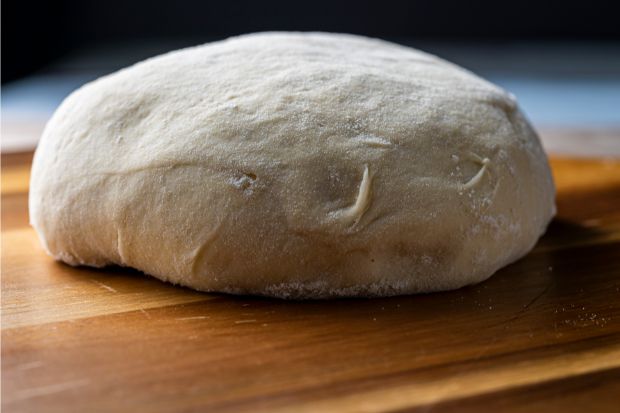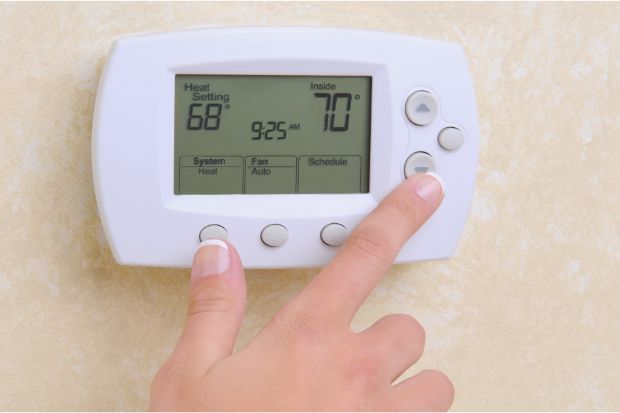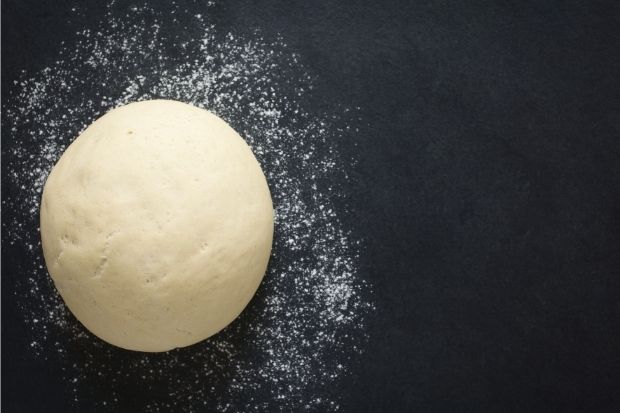If you love making homemade pizza dough, you likely have at least one or two recipes that are your favorites. Most pizza dough is made only from flour, yeast, sugar, and water, so you might be curious about how long you can let pizza dough sit out before you have to cook it.
How long pizza dough can sit out before cooking depends on the ingredients in the dough and the temperature of the environment in which the dough is rising. The rising process is also known as ‘proofing.’ If you proof your dough in the refrigerator, rise times can range from 12 to 72 hours. If you proof your dough by letting it sit out at room temperature, rise times can range from one to four hours.
The proofing process can take some trial and error for beginner chefs, and you’ll likely need to experiment with rise times and temperatures before you find the sweet spot for your favorite dough recipe.

Keep the following three rules in mind as you embark on your pizza-making journeys:
- The more yeast you use in your dough, the shorter the rise time.
- The warmer the temperature of the environment in which the dough rises, the shorter the rise time.
- In general, pizza dough is done proofing when it has roughly doubled in size.
This video demonstrates how different amounts of yeast affect the dough’s rise time:
After four hours at room temperature, the likelihood of certain bacteria forming in the dough goes up tremendously, and it’s not worth taking the chance. When the four hours are up, you’ll need to either cook your dough or place it in the refrigerator. If your recipe contains dairy products, you shouldn’t leave the dough out at room temperature for longer than two hours. Ultimately, it’s best to go ahead and cook the dough right after the proofing just to be on the safe side.
Factors That Affect How Long You Can Let Pizza Dough Sit Out
Most pizza dough uses only four ingredients, and rise times are based on those items. But what if your recipe calls for more pizza dough ingredients than these? Not to mention there are other factors that affect how long your pizza dough can sit out.
Here are additional details about the things that affect how long pizza dough can sit out by itself:
Ingredients in the dough
Different pizza dough recipes can use other ingredients besides the four mentioned earlier. These may include milk, cornmeal, olive oil, eggs, butter, and even beer and certain spices. If your recipe uses any dairy products, you shouldn’t keep the dough out at room temperature for longer than two hours. Beer-based dough can stick with the four-hour rule, and if you add spices such as oregano, basil or garlic, you don’t have to worry about them promoting any type of bacterial growth.
Temperature of your home

This one may surprise some people, but the temperature in your home affects how long your dough can sit out. Ideally, your home temperature should be between 68 degrees and 77 degrees Fahrenheit. Remember that if the temperature gets above 77 degrees, it can both compromise the way the dough rises and increase the likelihood of bacterial growth. When you hear the term ‘room temperature,’ it means a temperature of 68-77 degrees Fahrenheit.
If you’re making dough from scratch and you are provided with recommendations that differ from these, always go by the instructions provided by the recipe you’re using. Also keep in mind that leaving your dough out at room temperature for less than four hours is usually recommended just to be safe. Again, if you’re not planning on cooking the dough anytime soon, it’s best to go ahead and place it in the refrigerator immediately instead of waiting for the four hours to be up.
With store-bought dough, always read and adhere to the rules listed in the ingredients. With any type of dough, unless you end up adding any type of dairy product to the recipe, you should stick with the four-hour rule.
What Happens if Pizza Dough Stays Out Too Long?
Unless the pizza dough contains dairy ingredients, it can sometimes be left out for longer than four hours, but if you do this it can affect both the taste and texture of the dough, and there’s always the risk of the dough spoiling. Dough that has been left out for too long can turn out flat instead of fluffy and can become unsafe to eat.

Let’s take a look at a few other rules to consider:
- Over-proofing. The problem with over-proofed dough is that it can collapse at some point because the gluten in the dough becomes a little too relaxed. As a result, instead of a crisp and fluffy pizza crust, you end up with a crust that is crumbly or even gummy.
- Can you still use over-proofed pizza dough? You can use over-proofed dough, but usually the taste and texture will be affected. When the dough is over-proofed, the sugars get consumed by the yeast in the dough. This means that the taste might be a little sour or somewhat off.
If you do decide to place the dough in the fridge instead of letting it sit out at room temperature, start by coating a bowl with some olive oil. Go ahead and coat the dough balls themselves with a little olive oil as well. Then cover the bowl tightly with plastic wrap so that no air gets inside, and place it in the refrigerator.
How To Tell if Pizza Dough Has Gone Bad
If you forget about your pizza dough and you lose track of how long it’s been sitting out, there are ways you can tell if it’s gone bad or if it’s still good. Some of the things that tell you that your pizza dough is bad include a dry texture that has crusty edges and is difficult to stretch, gray pieces in the dough (which often means it is suffering from freezer burn or even bad yeast) and a sour or rotten smell.
Risks of Eating Spoiled Pizza Dough
When pizza dough has gone bad, it can grow mold or bad bacteria such as E. coli and salmonella. If the dough goes bad and you cook it anyway, it can make you very sick and give you loads of stomach problems, including stomach pains and vomiting. You can get food poisoning from rotten pizza dough, and since some people get sent to the hospital or even die from food poisoning, this is something to take seriously.
Whatever you do when dealing with pizza dough, make sure you follow the rules and adhere to the instructions provided in the recipe.
And before you knead your dough, check out our post about the best surface for kneading dough.
Finally, if you plan to use a pizza stone to cook your pizza, make sure you know how to clean the pizza stone without ruining it.
